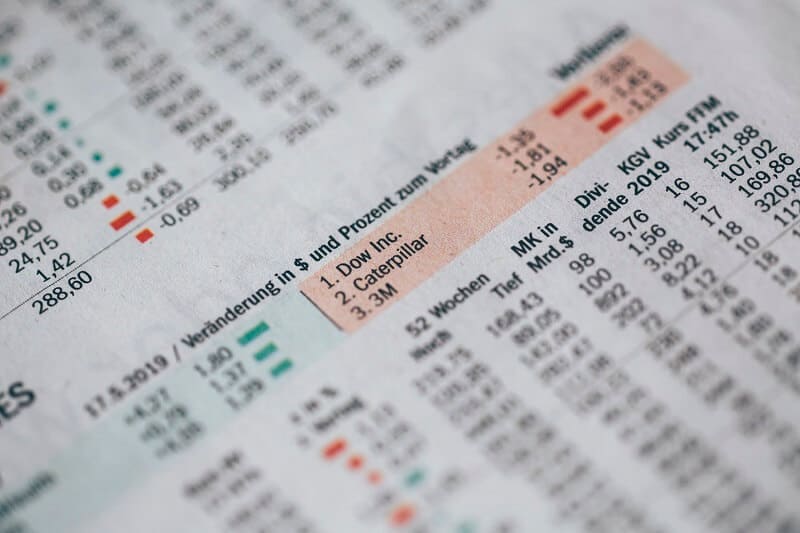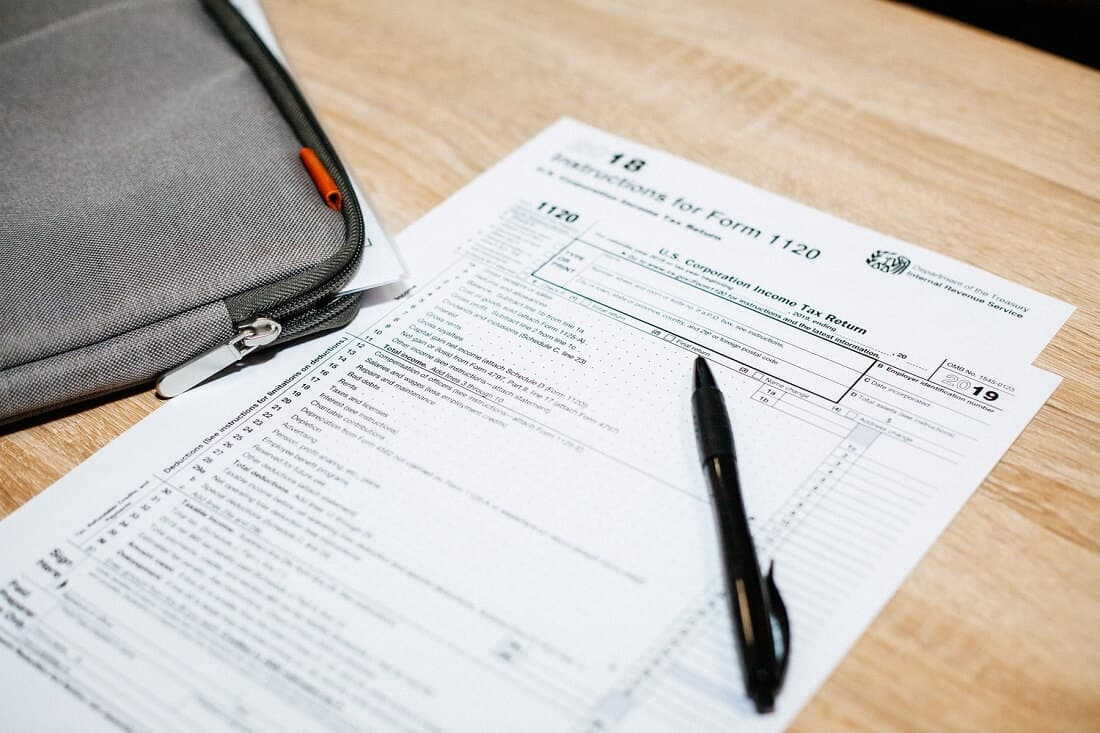
The rate of return measures the profit or loss of an investment over a particular time. A good rate of return shows how smart an investor you are.
By Guy Avtalyon
What is a good Rate of Return is the question that many people continually asked, but it is almost impossible to get an answer until we explain what the Rate of Return is. So we have to make this clear before we answer what is a good Rate of Return.
A Rate of Return represents both gains and losses of your investments during a particular period. To know what is the Rate of Return on the investment we have to compare these gains or losses to the cost of our initial investment. RoR is shown in percentages of the initial investment. If the Return of investment is positive, meaning over the zero, we call it the gain. But if it is negative, in the minus area, below the zero, it represents our losses on the investment.
In essence, RoR represents the net gain or loss and can be calculated. When we do that, we are actually looking for the percentage of which the investment was changed from the beginning until the end of a particular period of investing.
To know what is a good Rate of Return let’s see the formula: The formula to calculate the rate of return (RoR) is:
Rate of Return = ((Current investment value – Initial investment value)/Initial investment value)) x 100
Deduct the initial investment value from the current investment value, divide the result by initial value, and multiply by 100.
For stocks and bonds, some dividends should be added. You have to calculate the RoR for stocks a bit differently. Suppose you bought a stock for $100 and hold them, let’s say, 5 years. After 5 years you sold them at $140. Your per share gain would be $40, but you also received dividends for that stock and it was $20 per share. So, your total gain is $60.
The RoR for this stock is $60 per share divided by the initial cost per share which was $100 and multiplied by 100. So, the rate of return on this stock is 60%.
What is a good Rate of Return?
First of all, you must have a realistic expectation of return on your investment, to understand how compounding works, how to calculate it, etc. That is to say, every single percentage that increases in profit can boost your wealth every year. It is all about geometric growth.
So, you know how to calculate the rate of return on investment, but how could you know what is a good rate of return?
There is one interesting rule in investing, everyone who has guts to take more risks will have higher returns.
Stocks are maybe the riskiest investments because you will never have guarantee the company will proceed to work or exist. It could fail quickly in an uncertain environment and leave investors with empty hands. So, as being an investor you have to protect your investments and to reduce the risks. And the best way to do so is to invest in different sectors and different asset classes. In other words, you have to diversify your portfolio. And do it over a longer period, at least five years. That will not provide you the best returns of, for example, 30% but can save you from market crashes.
Keep in mind, the answer to what is the good RoR depends on the market condition. What was good in one period could be a complete disaster during some other. Market standards can change and what was “good” easily can turn into “very bad.”
For example, the S&P 500 has a 7% annual rate of return, if your investment has a 9% rate of return, it is doing better and outperforming the market. Okay, RoR of 9% maybe isn’t what you wanted but still, your head isn’t under the water.
Remember, the rate of return can be negative also.
What a good RoR has to beat?
However, if you are a more aggressive investor you would like the higher RoR. So, let’s see what is a good RoR for more aggressive investors. Let’s find the answer to this eternal question. Don’t be surprised if it is quite simple.
A good rate of return has to beat the market, must beat inflation, taxes, and fees. But, as always, there is another point of view. What is a good rate of return depends on the investment you choose. It isn’t the same for stocks, bonds, or some other asset. Generally speaking, a good rate of return has to beat inflation at least.
We know that the average inflation rate was about 2% per year over the past 10 years. This means that you had to earn 2% or more on your investment to keep your purchasing power and to keep the real value of your investment.
But if you invested in bonds that have 4% annual interest, your RoR will be 2%. Can you see, you have to decrease this annual interest, and for the rate of inflation and you will not have 4%, instead you’ll earn 2% of your initial investment.
What is a good Rate of Return for aggressive investors?
So we come up to value investing which is the best way to make money. It is a simple “buy and sell” strategy. So, you buy a good stock at an excellent price and sell it at a profit. Simple as that. The only thing you should take care of is to figure out what is the right price of a stock, in both situations, when you buy it and when you sell it.
Figuring out the right price for a stock requires you to know how much you want to earn when you sell it. In other words, you have to know how much you would like to earn. For example, an excellent rate of return is 15% per year. It might look like an aggressive approach, but we are talking about more active investors, right?
How can you achieve this?
You’ll have to look for bargains. That will take some time until you find a good stock at a bargain, but it isn’t impossible. Let’s assume you found a stock that produces the rate of return of 15% annually. After taxes and inflation, it will be about 12%. At that rate, you’ll be able to double your purchasing power after a few years and beat the market. That’s the point, that’s your intention, of course. If we know that the lowest rate of return for the stock market is about 7%, this is a really good return.
And as we said before, if you want a higher rate of return you must be ready to take a bigger risk. But we think that repeating average returns over a long period is a better choice. Yes, it’s possible to have the great winnings from time to time, but if you take a look at historical data and your trading journal, you’ll notice that it is followed by poor performances. And it is more likely you’ll have losses than you’ll have profits in the final balance sheet.
Maybe a better way to understand what is a good return is to recognize what the bad RoR is. We explained that a good rate of return is when it beats inflation or it is equal to it. Also, we know that a good RoR of stocks is when it outperforms the benchmark index, for example, the S&P 500 index.
A bad rate of return is when investment returns are under the rate of inflation, or underperforms the benchmark index. No matter if the investment has a positive return, in case it is as described it is recognized as an investment with a bad rate of return. The negative rate of return is useless to talk about. This word ” negative” explains everything.



Leave a Reply